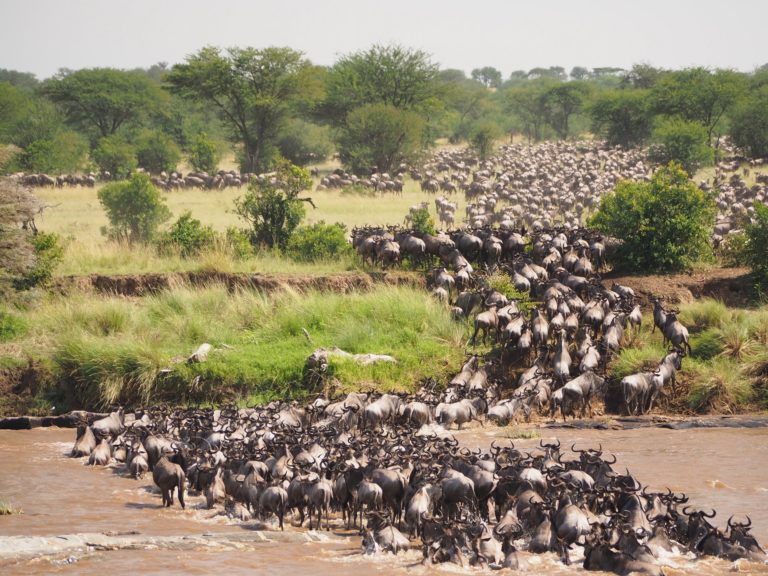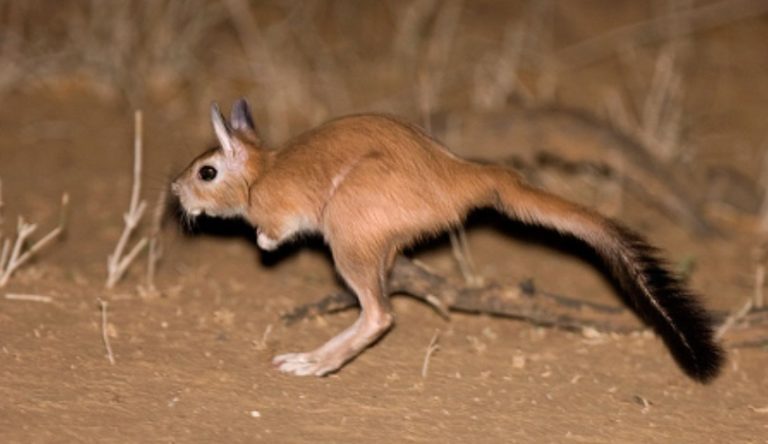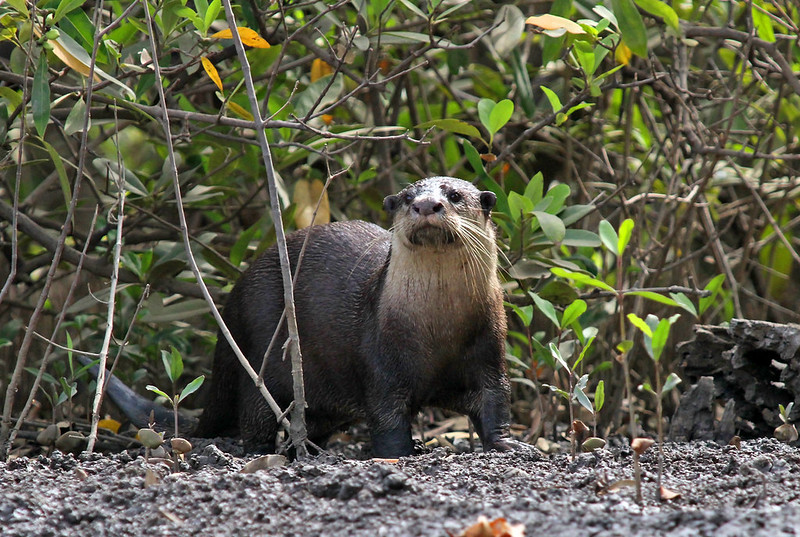Keystone species are vital for the functioning of an ecosystem, where the landscape of an environment would be completely altered without them. Yet for some reason, the term is foreign to many. Derived from construction jargon, a ‘keystone’ is vital in the construction of an arch and without it, an arch would ultimately collapse.
Keystone species play a vital role in ecosystems in maintaining their ecological integrity. Without them, the architecture of an ecosystem would collapse.
In the US, the reintroduction of wolves in Yellowstone National Park increased the beaver population and altered the waters of the park, and even decreased soil erosion along the park’s water banks.
To shine the light on these obscure, often misunderstood species, here’s a list of a wide range of keystone species in southern Africa from a large grazing antelope to a small, slimy fish.
Blue Wildebeest

These animals are the ‘lawnmowers’ of the savannah, keeping the grass in check and ensuring that their ecosystem remains healthy in some surprising ways.
They are the most common example of herbivore keystone, and every year approximately 1.3 million of them take part in one of the largest animal migrations on earth.
Their influence extends much further than keeping the grass short. Short grass means the reduced frequency of fires, ultimately leading to increased tree cover, and habitat for increased diversity of species.
Springhare

Picture: Getaway Gallery
These peculiar animals are a distant cousin of kangaroos and wallabies and are interestingly better jumpers than marsupials according to research at the University of Pretoria.
READ: Springhare: the kangaroo-like bunny that turns out to be fluorescent
This is because they had to adapt to the predator rich environments of the Kalahari, and it is for this reason they are valuable. They form an important prey component in the areas they occur.
Moegistorhynchus longirostris

Moegistorhynchus longirostris has the longest proboscis relative to body size and is an example of co-evolution between species. Picture: C. Patterson-Jones/ Journal of African Invertebrates
This insect has the longest proboscis – an elongated sucking mouthpart that is typically tubular and flexible, relative to body size of all known insects
Predominantly found along the West Coast of South Africa, it is vital in the pollination of long-tubed flowers of at least 20 species of Iridaceae, Geraniaceae and Orchidaceae.
It is widely discussed as a prime example of a co-evolutionary race between it and the long-tubed flowers it pollinates. Southern Africa is one of the global hotspots for plant diversity and endemism and specific pollinators such as M. longirostris could have a cumulative effect on species extinctions.
Cape Clawless Otter

Picture: Frans Vandewalle / Flickr Commons
Even though very little is known about this animals diet, they are One of the top predators in aquatic environments and a keystone species in the management of wetland environments.
READ: How otters are playing their part in fighting climate change
Subspecies of the larger African clawless otter, are specifically adapted for feeding on crustaceans and molluscs. Recent research has revealed how important they are for the flourishing of kelp forests, which not only serve as a habitat for other species but are vital carbon sink.
Namibian Bearded Goby

Picture: Hege Vesthelm/ South African Journal of Science.
This obscure fish turned out to be an ecosystem saviour after the sardines of Namibia’s coast were depleted. A 15 cm fish came to perform a keystone function of preventing Namibia’s coast from having a jellyfish explosion.
As the jellyfish population grew, believed to be an indication of a ‘dead end’ food web because few animals eat them, they became the dominant component of the bearded gobs diet.
When they emerge from the seabed, they are also an important prey species for fishes such as the Horse Mackerel, a vital food source for the seal population. Without them, the marine environment of Namibia’s shore would be a dead zone overrun with jellyfish.
If you want to explore more keystone species, Google allows you to view keystone species around the world interactively with Google Earth here.
ALSO READ
The Coelacanth: South Africa’s scientific discovery of a living fossil



















